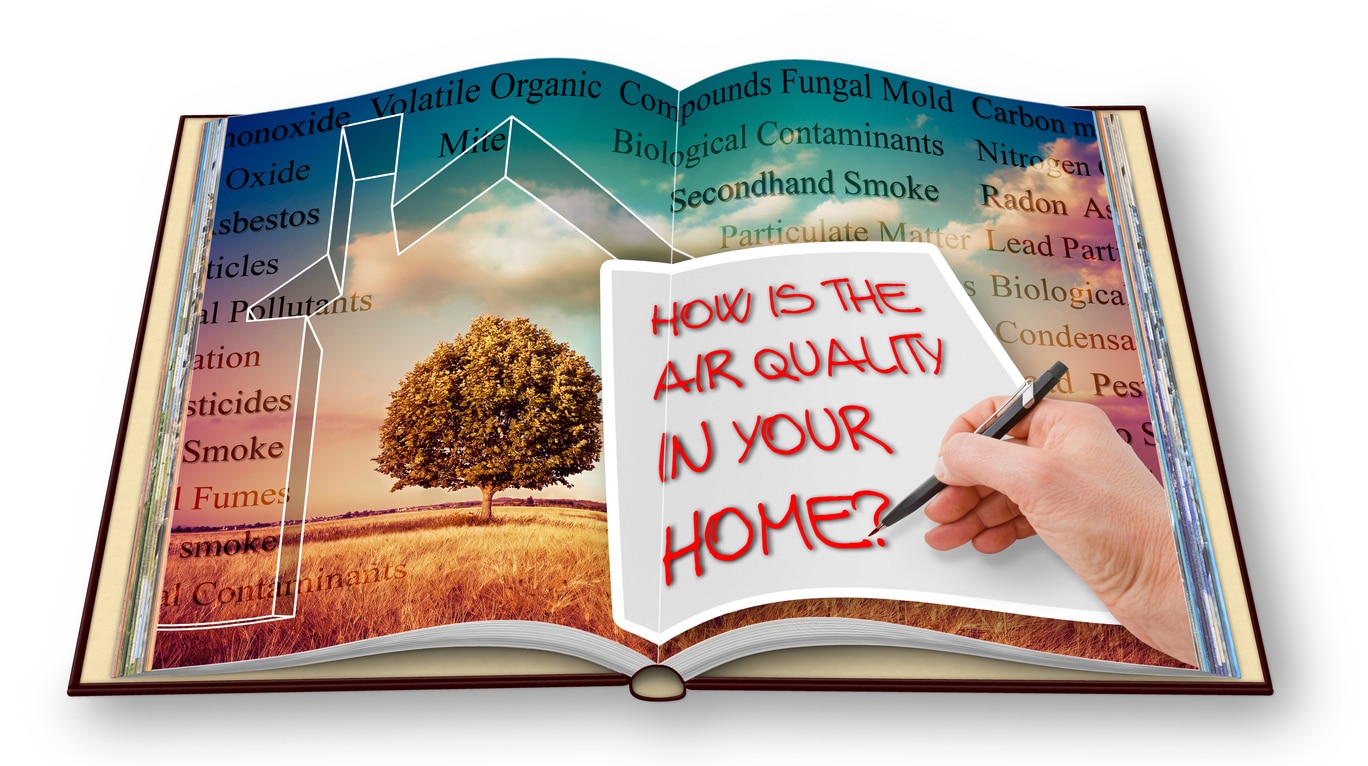
How Climate Change Is Affecting Homeowners Across the Nation
Climate change has affected weather patterns greatly, leading to problems like hotter temperatures, more severe storms and rising sea levels. People worldwide are seeing how it affects their livelihoods. Resources and supplies are falling short, millions are struggling with chronic hunger and climate disasters are forcing people to move.
Homeowners’ risks in the U.S. also make it challenging to stay afloat. With the costs of housing rising, you need to understand how climate change may affect you and what you can do to prepare.
1. Increased Frequency of Extreme Weather Events
Climate change is making extreme weather events more frequent and severe. Storms, hurricanes and wildfires are occurring, causing all sorts of disasters. For example, Texas’s wildfires are wreaking havoc on ranchers’ livestock and turning homes into rubble.
It’s the largest blaze Texas has experienced today, burning millions of acres and impacting hundreds of homes. Events like these are a huge disruption to communities, causing financial and emotional distress for homeowners. In response to these changes, at least 64% of Americans consider climate change and better weather as a reason to relocate to safer environments.
Recognizing these events’ dangers, some states are implementing new laws to keep homeowners safe. For instance, California enacted the Garage Door Battery Backup law in 2019, requiring homeowners to have a working battery backup for garage doors.
This law took effect after five individuals tragically lost their lives during wildfires due to being unable to escape their garages manually. Laws like these help ensure people can exit their houses safely and are a direct result climate change has had on homeowner safety regulations.
2. Rising Temperatures and Cooling Costs
Rising temperatures are impacting homeowners in many southern regions of the U.S. The increases have increased reliance on air conditioning to keep homes comfortable, but as people consume more power to stay cool, their utility bills go up.
Approximately 97% of locations within the U.S. have seen a rise in cooling-degree days since 1970, leading to a financial crisis in home energy budgets. With an increase in residential electricity spending, the U.S. experienced the highest year-over-year price growth in 2022.
According to Statista, homeowner utilities rose by 10.7% and kept growing the following year by 4%. Increased utility pricing has impacted homeowners greatly, forcing them to grapple with higher monthly expenses and a greater financial burden.
3. Water Scarcity Challenges
Another way climate change is affecting households is through longer, more severe droughts. Because of the rising temperatures, water evaporates from the soil, making it scarcer by the year. A decrease in rainfall, and higher temperatures, is causing some people to question whether the planet is running out of clean freshwater.
These conditions intensely impact homeowners, especially where access to enough water becomes challenging. Some communities have already started using methods like low-flow toilets to combat water scarcity.
However, the U.S. government has a long way to go regarding its older water infrastructure. With leaking pipes and outdated water mains, the U.S. loses about 2.1 trillion gallons of water yearly. As such, scarcity continues to rise, making modernizing the water delivery system more crucial. This way, households have reliable access to safe drinking water in the face of droughts.
4. Insurance Premiums and Availability
Homeowners insurance premiums could be kinder to those in areas where hurricanes and wildfires pose greater risks. However, if you live in areas along the coastlines, expect those costs to increase.
For decades, insurance was an afterthought when purchasing a house. If you were buying a new home, you most likely considered the mortgage, interest rates and the area where it was located. Yet, more people are now factoring in homeowners insurance and climate change as part of their purchasing decisions.
In high-risk areas, insurance companies are adjusting their pricing models to reflect the increased likelihood of claims. As such, you’d have to pay higher premiums. Some insurers are withdrawing their coverage options in full. Fewer choices can leave you without any affordable insurance options.
5. Higher Property Taxes
Many experts predict climate change will lead to higher property taxes. As extreme weather events become more routine, rebuilding and repairing infrastructure expenses will increase. Local governments are responsible for much of this infrastructure. If natural disasters continue to rise, you may see heightened property taxes to cover these increased costs.
Additionally, properties in areas vulnerable to the effects of climate change may see their value decline over time. If you live in a part of the country that sees regular flooding and other climate-change-related weather events, there could be a reshuffling of tax burdens within your community.
Sustainability and Resilience Measures for Homeowners
As climate change causes all sorts of challenges for homeowners, this may leave you with questions on how to fight back. You can adopt several strategies to protect your property and potentially reduce the costs of owning a home:
- Energy efficiency improvements: Consider upgrading to energy-efficient appliances and lighting to reduce power consumption. You could also install insulation and efficient windows to maintain indoor temperatures and decrease energy costs by up to $100 monthly. A smart meter could help manage energy use even further.
- Water conservation techniques: Install low-flow plumbing systems to reduce water usage and avoid increasing bills.
- Landscaping: Make your home more appealing to insurance companies by landscaping your property. For instance, consider removing old trees that could fall onto your home.
- Build a home to withstand extreme weather: Consider building a home in a better location. Some homeowners living in flood-prone areas have elevated their houses to avoid water damage. It would help if you also considered constructing your home with materials made to withstand natural disasters.
Taking Preventative Measures to Combat Climate Change
As climate change continues reshaping the world, preparing is more important than ever. Whether it’s adopting energy-efficient practices or building a home in a better location, there are many ways to protect your investments.
Making these improvements supports the global efforts to fight climate change. As such, you have the power to drive more positive environmental differences.



Post a comment